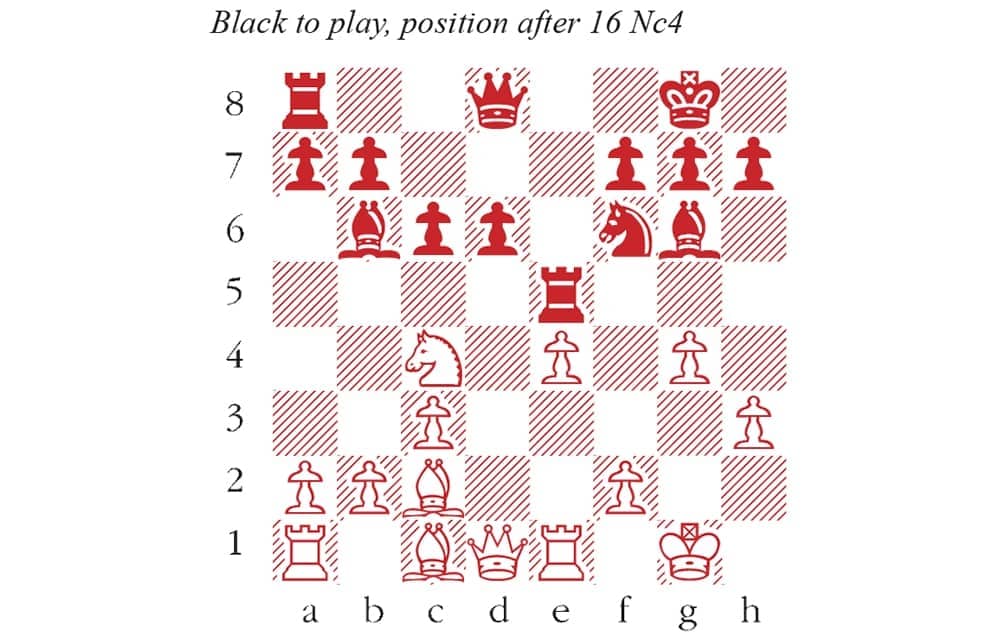Viswanathan Anand left the spectators in awe at the Superbet Rapid earlier this month. The ‘Tiger of Madras’, as he is sometimes known, was awarded a wildcard spot to the second leg of the Grand Chess Tour in Warsaw, which began just a couple of days after the first leg ended in Bucharest. At 52, the former world champion was the oldest player by some margin, and at least on paper could not be counted as one of the favourites. And yet Anand devoured the field in the rapid section, winning his first five games in a row, and secured clear first place with 7/9.
It was a joy to watch. But only those with short memories will be truly surprised by his display of ageless ability. Famously mild-mannered, Anand has often seemed to bristle when journalists raised the prospect of retirement. In fact, he has repeatedly shown his determination to remain at the top. In 2013, when he lost the world title to Magnus Carlsen at the age of 43, many expected his motivation to decline. The average age of the world’s top ten is around 30 years old and Kasparov had retired at age 42, back in 2005. (In 2019, Kramnik also retired, at 43.) But Anand made a powerful statement when he took first place in the 2014 Candidates tournament and qualified for a rematch, which proved to be considerably closer. In 2017, he began as the 12th seed, but won a fiercely strong world rapid championship in Riyadh, defeating Carlsen along the way. (And me, as it happens!) It was a result which called to mind the stretch of years in the 2000s when Anand seemed to dominate every rapid event he played in. His exceptional tactical intuition has always seemed a particular asset at fast time controls.
Anand will be back at the board soon at the elite ‘Norway Chess’ tournament which begins on 30 May.








Comments
Join the debate for just £1 a month
Be part of the conversation with other Spectator readers by getting your first three months for £3.
UNLOCK ACCESS Just £1 a monthAlready a subscriber? Log in